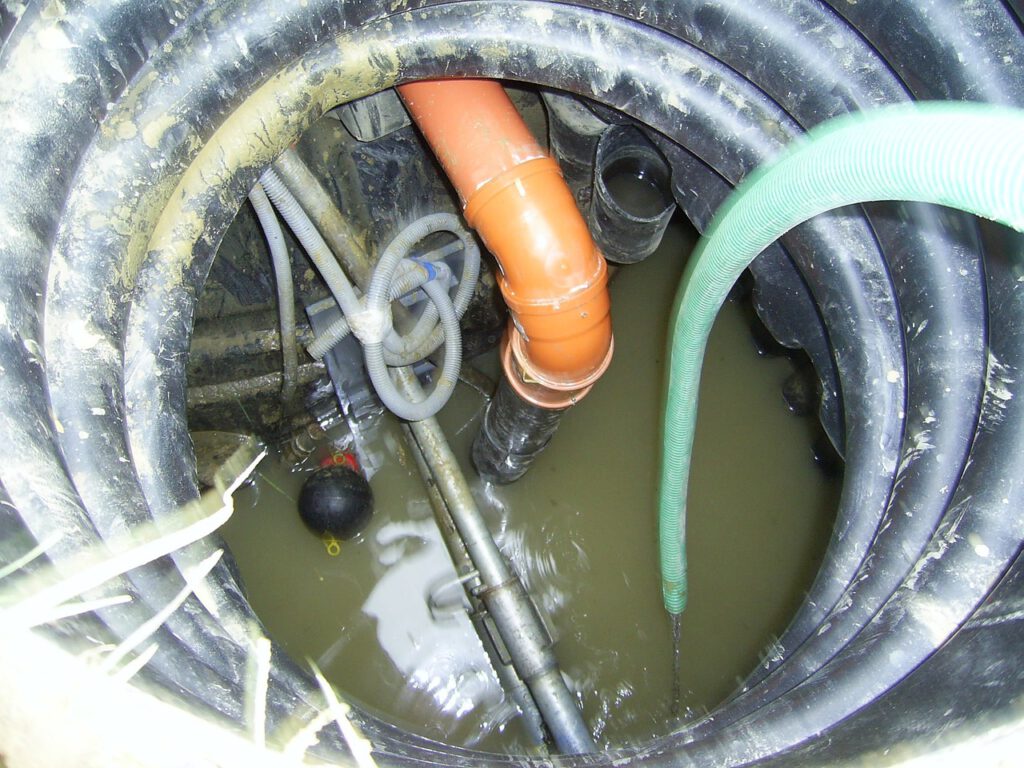Protecting Your Space: Preventing and Managing Sewage Backups in Minnesota Homes
by siteadmin

Sewage backups can be a homeowner’s nightmare, causing extensive damage, health hazards, and significant costs. In Minnesota, where weather conditions can exacerbate plumbing issues, it’s crucial to take proactive steps to prevent and manage sewage backups effectively. This article discusses essential strategies for safeguarding your home against sewage backups and handling them if they occur.
Understanding the Risks
Minnesota’s climate, with its freezing temperatures and heavy precipitation, poses unique challenges for homeowners. Cold weather can freeze pipes, leading to blockages and potential ruptures, while heavy rains can overwhelm sewer systems, causing backups into homes. Understanding these risks is the first step in protecting your property.
Proactive Maintenance
Regular maintenance of your plumbing system is key to preventing sewage backups. Inspect pipes, drains, and sewer lines for signs of damage or deterioration. Address any issues promptly to avoid more significant problems later. Consider scheduling professional inspections and cleanings, especially before the winter months when pipes are more susceptible to freezing.
Installing Backwater Valves
Installing backwater valves is a proactive measure that can significantly reduce the risk of sewage backups. These valves prevent sewage from flowing back into your home by closing automatically if the main sewer line starts to back up. While installation may require professional assistance, the investment can save you from costly damage and cleanup in the long run.
Proper Waste Disposal
Be mindful of what you flush down your drains and toilet. Avoid flushing items like grease, paper towels, wipes, or other non-biodegradable materials that can clog pipes and contribute to backups. Educate household members about proper waste disposal practices to minimize the risk of blockages.
Maintaining Proper Drainage
Ensure that your property has adequate drainage to divert rainwater away from your home’s foundation and sewer lines. Clear debris from gutters and downspouts regularly, and consider installing extensions to direct water further away from your house. Proper grading around your property can also help prevent water from pooling near your foundation.
Immediate Action
Despite preventative measures, sewage backups can still occur. If you notice signs of a backup, such as slow drains, gurgling noises, or foul odors, take immediate action. Turn off the water supply to your home to prevent further flooding, and avoid using sinks, toilets, or other plumbing fixtures until the issue is resolved.
Professional Assistance
Dealing with sewage backups often requires professional expertise and equipment. Contact a licensed plumber experienced in handling sewage issues to assess the situation and perform necessary repairs or cleanup. Additionally, consult with your insurance provider to understand coverage options for sewage-related damage.
Protecting your home from sewage backups requires a combination of proactive maintenance, proper waste disposal, and quick action in the event of an emergency. By understanding the risks, implementing preventative measures, and seeking professional assistance when needed, Minnesota homeowners can minimize the likelihood of sewage-related disasters and safeguard their space against costly damage and health hazards.
Sewage backups can be a homeowner’s nightmare, causing extensive damage, health hazards, and significant costs. In Minnesota, where weather conditions can exacerbate plumbing issues, it’s crucial to take proactive steps to prevent and manage sewage backups effectively. This article discusses essential strategies for safeguarding your home against sewage backups and handling them if they occur.…
Recent Posts
- Revolutionizing Concrete Repair in Eau Claire: Expert Solutions for Every Need
- Boca Dental and Braces Revolutionizes Orthodontic Care in Las Vegas
- Expert Cleaners Lexington Announces Commitment to Safe, Sustainable Cleaning Practices, Expanding to Georgetown, KY
- Celebrate Mom with Exquisite Flowers: Mothers Day Flowers
- Orlando’s Most Common Lawn Mowing Mistakes and How to Avoid Them
